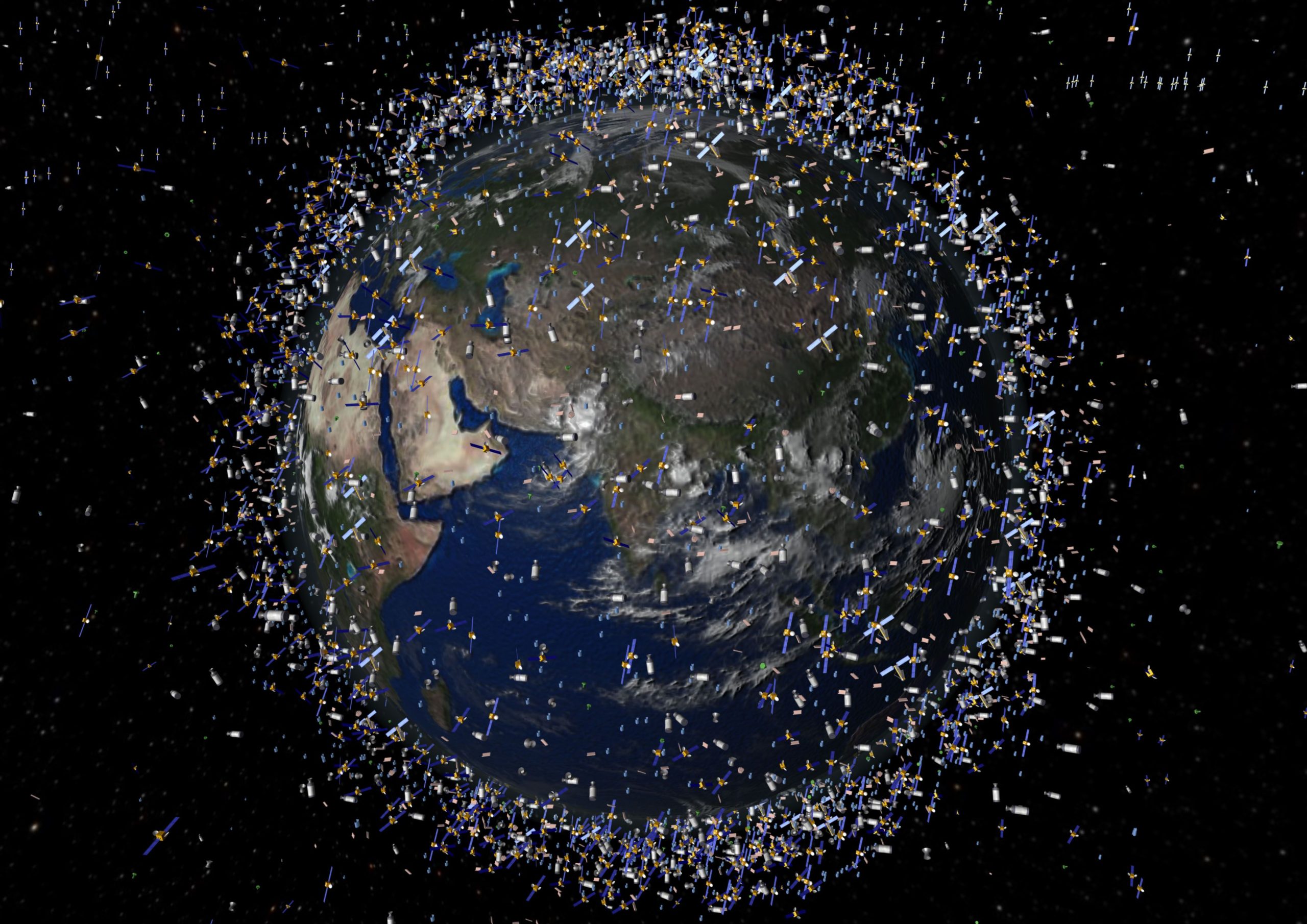In October 1957, the Soviet Union (USSR) successfully launched Sputnik 1 satellite into the Earth’s orbit. While the spherical Soviet satellite weighed a mere 184 pounds and measured a slim 23 inches wide, it basically was a small beeping signal heard back on Earth that resonated throughout the United States and was viewed as a massive threat. This tiny beep ignited the already simmering space race and effectively forced both countries to push their limits of innovation and technical ability to the breaking point of creating too much technology debris on Earth.
Many stargazers tracked faintly shining objects ever since they first sped around the Earth at 17,500 miles per hour. Many thought that they were looking at Sputnik 1 but in reality, they were seeing the detached rocket body that propelled it into orbit. Even while Sputnik 1 was roughly the size of a large beach ball, and because of its size and reflective exterior, the rocket body was what people could actually see from Earth. And today, there is a proper ecological idea to transport, technological debris to space most effectively.
In Ireland, Cork’s Greywood Arts offers sculpture residency at Greywood Arts in partnership with the National Space Centre, supported by Cork County Council for one month. Waste space residency in Cork is seeking expressions from artists with a sculpture, that is three-dimensional or multi-disciplinary, in examining questions of the waste produced by technology. It is an opportunity for an artist to explore human interactions with space with moving forward into the future. What are the implications of sending satellites into space? Or technological waste? Whose responsibility is it to regulate space debris?
“This is a pivotal time in space exploration. We’re looking at manned Martian exploration in the near future, while Jeff Bezos and Richard Branson have launched space tourism as a viable industry. At the same time, there are more than 125 million pieces of space garbage orbiting our planet. It’s an ideal moment to examine questions around our responsibility to live sustainably not only on Earth, but beyond it,” explained NSC CEO Rory Fitzpatrick.
It is another exciting invitation for an artist to reimagine and re-purpose technological space components that are not possible to recycle. The program needs artists to collect materials from the National Space Centre in Ireland and observe the workings of a busy ground station before they go for their own creative process in Cork’s environment at Greywood. The project ends with an exhibition and discussion at the National Space Centre in early December 2021 and a showcase of the work created during the residency. Ireland’s National Space Centre will be sharing space communications components, circuit boards, assemblies and data subframes with the artist, also panels from their recently dismantled 11-metre EU-5B4 satellite dish.
This is a residency with a stipend and includes access to space technology debris from the NSC and time to visit the campus at Elfordstown Earthstation, Midleton Cork, Ireland. https://nationalspacecentre.eu/ accommodation and studio space at Greywood Arts, Killeagh, Cork, Ireland. Transport between Greywood Arts & NSC. Materials budget up to €500. A stipend of €1,000.
The travel to a Greywood Arts and from is not covered and also the deadline is 22nd of August 2021.
Please go to

